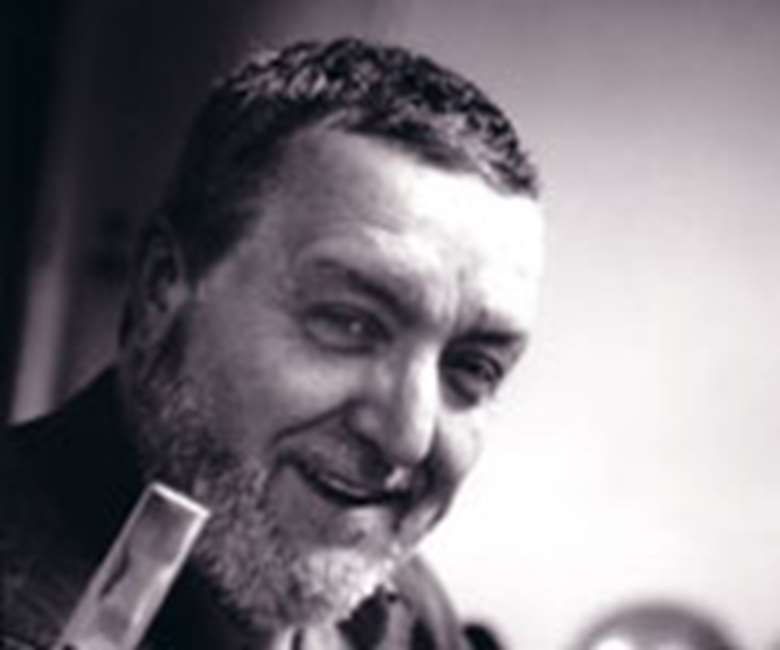Dave Green - Double Bass
Tuesday, March 20, 2007
David Gallant talks to the bassist who grew up next door to Charlie Watts, about how he got started, the instruments he has played over the years and his all time favourite choice. "I started as a skiffle player with some school friends when I was about 13, in the mid-to-late-50s," says Green. "It was a trio. I got a tea chest, painted it and put a broom handle on it – great fun." Green’s love of the bass however, had started well before his skiffle days. "I used to spend Sunday evenings tuning into Radio Luxembourg listening in to the likes of Glenn Miller on the Chesterfield programmes," he says.


Register now to continue reading

Thank you for visiting Jazzwise.co.uk. Sign up for a free account today to enjoy the following benefits:
- Free access to 3 subscriber-only articles per month
- Unlimited access to our news, live reviews and artist pages
- Free email newsletter